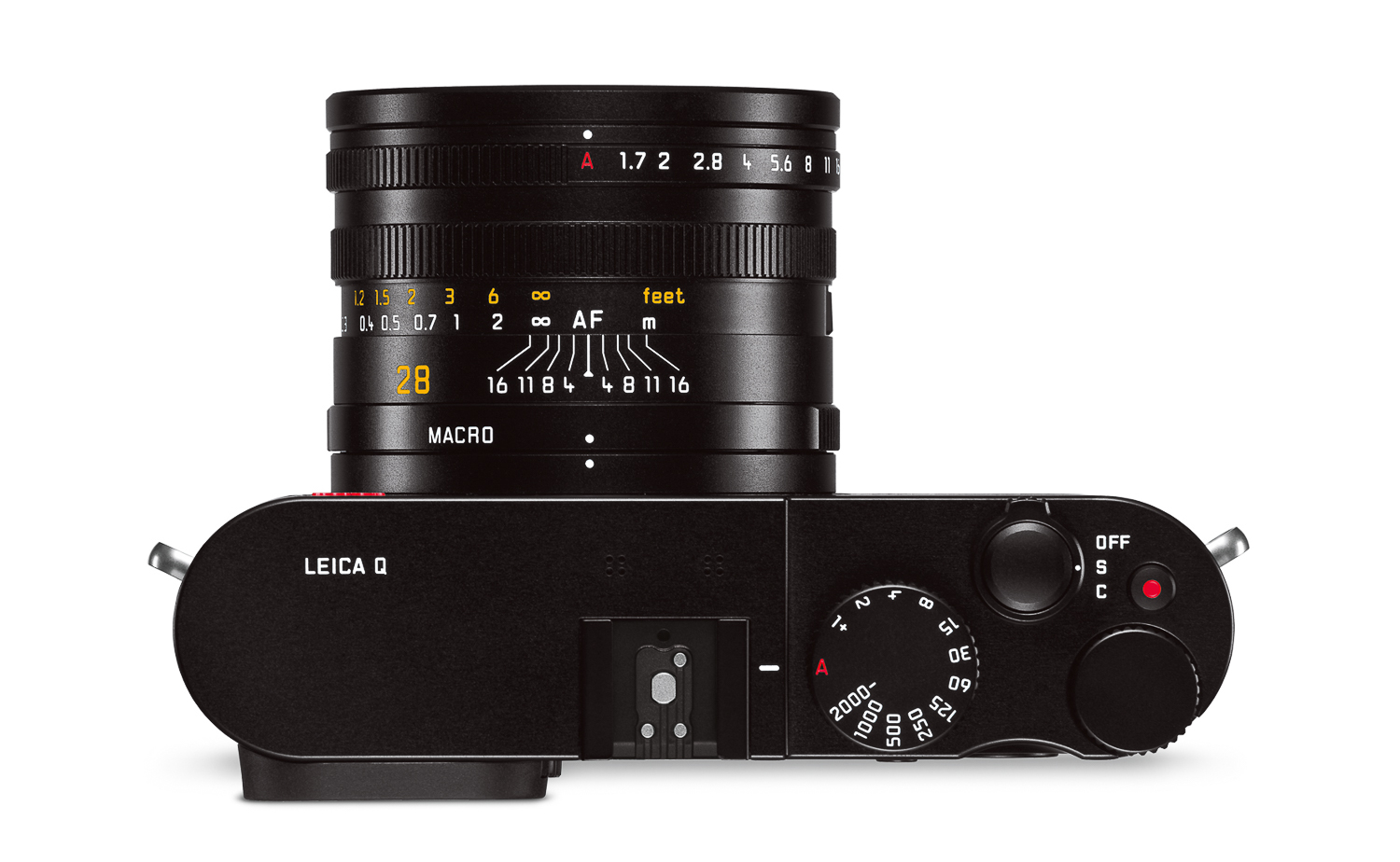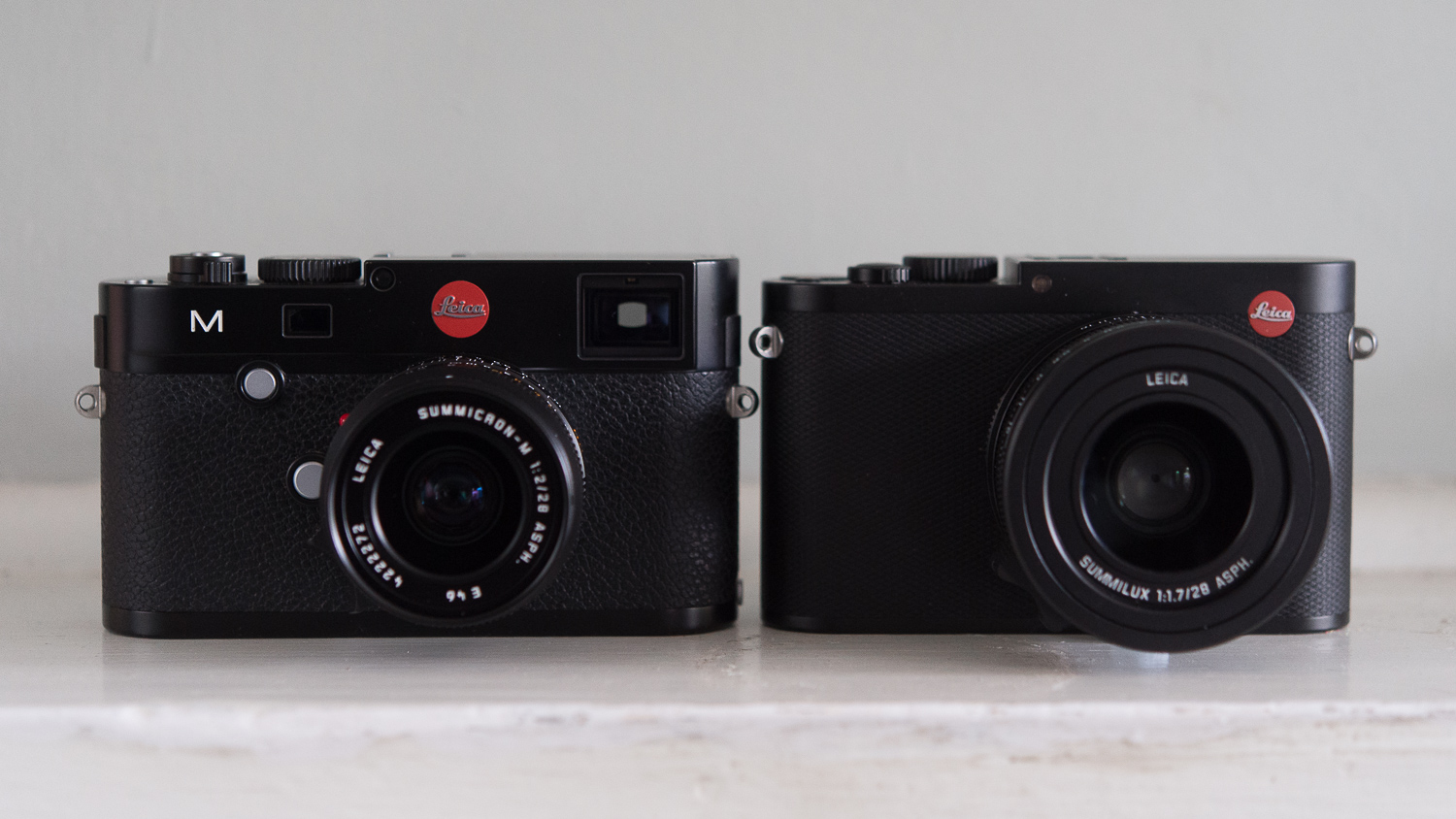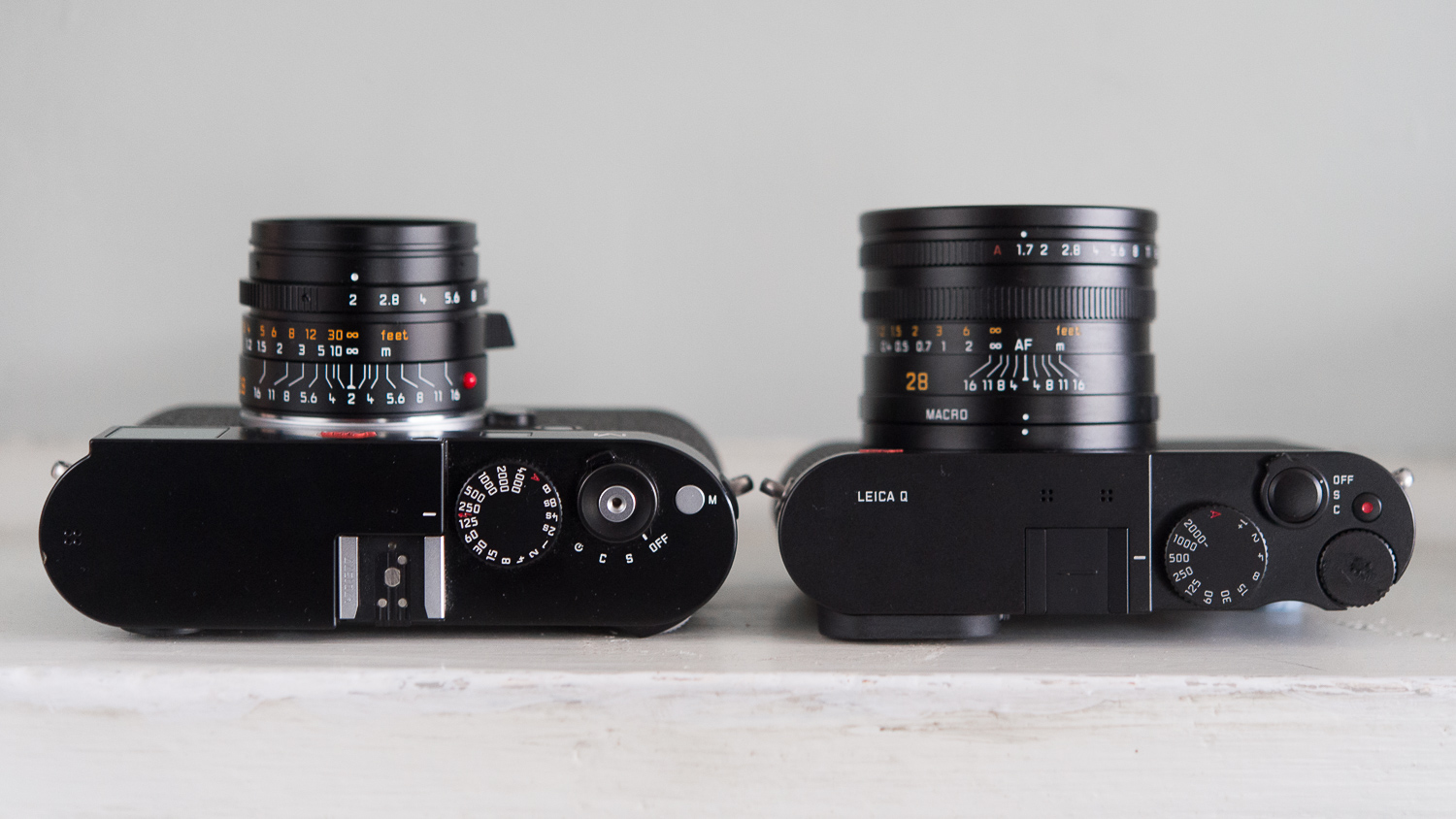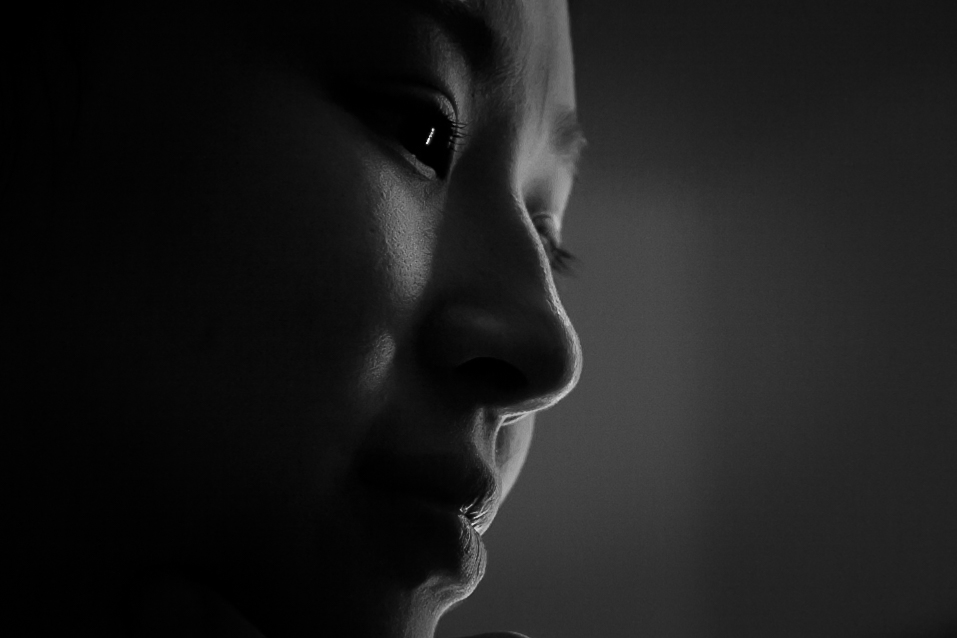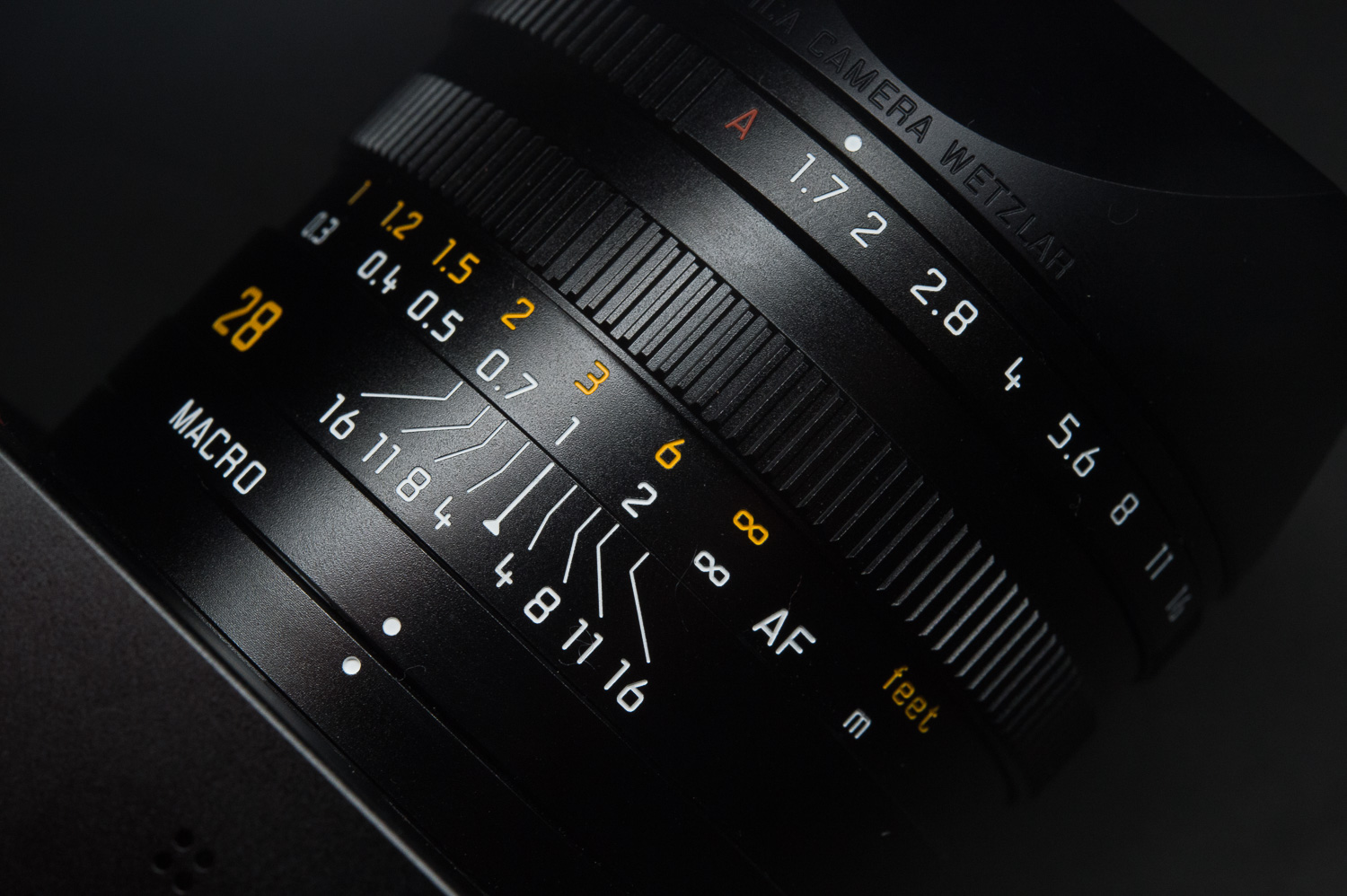Review and Photography notes:
Pictures shot to replicate how potential users may use this camera.
Pictures are shot in simple manner with no over-production or over-editing/manipulation
No clarity added/subtracted from images, with minimal editing
All images shot in manual exposure mode
Video mode not tested
Camera used in this review was a prototype using firmware version 1.0
Special thanks to assistants Hoang Vu and Jeremy He, and my model Mika Zhang
The market for professional quality M-styled cameras has been saturated with many products trying to emulate the vintage style and feel of the Leica M. Ironically, many photographers, especially those who favour the streets have been lusting after a camera from Leica that offers what competitors have been trying to extract from the basic M design. As great and successful as they were, the Leica X-series and the most recent D-Lux have come close, but have fallen short of achieving the ‘M-feel’. There has also been a call for a cheaper M-camera but the M has always been the flagship for Leica, and they learnt from the Leica CL back in the day so I doubt we will see a budget M any time soon.
So it’s June 10 and you may have just seen the announcement of the new Leica Q – Typ 116. The specs suggest it’s going to be a pretty nice. Before we go further, I previously made a list of specs that street shooters have been wanting from Leica. So lets see how they match up:
TECHNICAL DATA
Camera type Leica Q (Typ 116) - made in Germany
Picture format/aspect ratio 24 x 36mm/2:3
Lens Leica Summilux 28mm f /1.7 ASPH.,11 lenses in 9 groups, 3 aspherical lenses
Digital frame selector (digital zoom) optionally approx. 1.25x (corresponding to 35mm) or approx. 1.8x (corresponding to50mm)
Image stabilization optical compensation system for photo and video recordings
Aperture range 1.7 to 16 in 1⁄3EV increments
Picture sensor/resolution CMOS sensor, 26.3/24.2 million pixels (total/effective)
Dynamic range 13 aperture stops
Color depth 14Bit
Photo capture format optional: DNG + JPEG, JPEG
DNG/JPEG resolution
24MP (6000x4000 px),
12MP (4272x2848px),
6MP (2976x1984px),
1.7MP (1600x1080px)
Video recording format MP4
Video resolution/frame rate optional: FHD 1920 x 1080p with 60 or 30 B/ or HD 1280 x 720p with 30B/s
Sound recording format AAC
Microphone stereo
Loudspeaker mono
Storage media SD/SDHC/SDXC
ISO range automatic, ISO 100 to ISO 50000
White balance automatic, default settings for: daylight, cloudy, halogen lighting, shadow, electronic flash, two manual settings with measuring, manual color temperature setting
Color range optional for photos: sRGB, Adobe®
Focus/saturation/contrast each selectable in 5 steps, for saturation also in B/W
Focusing Auto focus
Working range 30cm to ∞, with macro setting from17cm
Setting automatic (autofocus) or manual focusing, option of magnifying function and edge
marking (focus peaking) available for manual setting
Autofocus system contrast-based autofocus system
Autofocus modes AFS (shutter release only after successful focusing), (shutter release possible
at any time), AF setting can be saved
Autofocus metering methods 1-field (adjustable), multi-field, face recognition, subject tracking,
optional setting/shutter release by touching the monitor
Exposure modes automatic program, aperture priority, shutter speed priority, and manual
setting
Scene modes fully automatic, sport, portrait, landscape, night portrait, snow/beach, candlelight, sunset, digiscoping, miniature effect, panorama, time lapse
Exposure metering methods multi-field,center weighted, spot
Exposure compensation ±3EV in 1⁄3EV increments.
Automatic bracketing three pictures in graduations of up to
3 EV, can be set in 1⁄3EV increments
Shutter type mechanic and electronic
Shutter speeds 30s to 1⁄2000s with mech. Shutter
1⁄2500s to 1⁄16000s with electr.
shutter, in 1⁄3 increments, flash
synchronization up to 1⁄500s
Picture series optional 10/5/3B/s (H/M/L)
Self-timer delay time either 2 or 12s
Viewfinder electronic LCOS display, resolution: 1280x960 pixels x 3 colors (=3,68MP), aspect ratio: 4:3 adjustable ±3 diopter, with eye sensor for automatic switching between viewfinder and monitor
Monitor 3" TFT LCD monitor with approx. 1,040,000 pixels, touch control possible
WLAN satisfies IEEE 802.11b/g/n standard (standard WLAN protocol), channel 1-11, encryption method: WLANcompatible WPA™ / WPA2™, access method: infrastructure mode
NFC according to JIS X 6319-4 standard /13.56MHz
Connections Micro USB socket (2.0), HDMI socket
Power supply Leica BP-DC12, lithium ion battery, rated voltage 7.2V (7.2V D.C.), capacity 1200mAh
Charger Leica BC-DC12, input: 100–240 V AC, 50/60Hz, automatic switching, output: 8.4V DC; 0.65A
Body In Leica design made of massive, extremely light magnesium and aluminum, two loops for the carrying strap, ISO accessory shoe with center and control contacts to connect flash units
Lens filter thread E49
Tripod thread A 1⁄4 DIN 4503 (1⁄4“)
Dimensions (WxHxD) approx. 130 x 80 x 93mm
Weight approx. 590/640g (without/with battery)
Scope of delivery camera, carrying strap, lens hood,lens cap, accessory shoe cover, battery (Leica BP-DC12), charger (Leica BC-DC12), power cable (EU, US, local power cable), USB cable
Software Adobe® Photoshop® Lightroom® (free download after
registration of the camera), Leica App for iOSR (free download remote control and picture transfer in Apple® App-
Store®/Google® Play Store®)
What we wanted
· Compact body, similar shape to M – check!
· Full frame sensor, with high ISO capability – check!
· 28/35mm focal length – check!
· Wide aperture available – check!
· Fast operation – unsure, but new faster processor – check!
· Depth of field scale on lens – check!
· Fast autofocus and good manual focus implementation – possible check!
· Great, simple ergonomics that feel like an M – check!
· Simple operation of exposure control, like the M – check!
The new Summilux-Q 28mm/1.7 ASPH lens on the Leica Q
FIRST OFF – why 28mm fixed lens?
Leica’s decision to use a 28mm lens instead of a 35mm lens will probably be the first question people will have about this camera, and while I don’t have an official answer from Leica, please indulge my speculation. Firstly, the driving force for there 28mm focal length is the leaf shutter chosen for the Leica Q. The leaf shutter was the largest Leica could find, and this determined both the focal length and the widest aperture of the lens.
Secondly 28mm is a point of difference that makes this camera unique compared to the offerings by competitors in this segment of the market, where most cameras come with a 35mm f/2 lens. Additionally, the iPhone sports a focal length equivalent of around 28mm, which is the world’s most used camera/lens combination, not only by ‘average Joes’ taking happy snaps, but even by professional photographers like myself that enjoy the convenience of using my iPhone at times.
Lastly, due to popular demand, Leica has just released the long-awaited Summilux-M 28/1.4 lens, which completes a trilogy of current 28mm M-mount lenses. This coincides with a modern trend for street and travel photographers preferring the 28mm focal length to the 35mm, as it can be more dynamic if used effectively. Magnum photographer Trent Parke used an Elmarit 28/2.8 VIII exclusively as his only lens for a year while travelling Australia, and I’d suspect hen continues to use it today. Other notable photographers including Jesse Marlow, Bruce Gilden and Alex Webb also enjoy using this focal length.
Design and build quality
The rear thumb space, function button, speaker and controller on the Leica Q
When I first saw the Q, I knew it was the camera we’d (well many Leica and street photographers) have been waiting for. Its size suggests immediately that it is a serious camera, taken directly from Leica M DNA. It has a relatively hard sized lens barrel permanently attached and body is shaped just like a rangefinder. The first thing I noticed was the missing viewfinder, so I knew it was not an actual rangefinder. This creates for a slightly smaller body compared to the Leica M and it’s also lighter, being made from magnesium alloy and aluminium.
In the hands, the Q feels really well made and noticeably lighter than the M at only 640g with battery. The camera body balances really well with the lens, which gives the feeling of assurance and solidity. It’s also nice to see that the lens does not retract in and out when the camera is turned on/off. This makes for a much more sturdy build, especially if you accidentally knock the lens against objects in the field. The front of the camera is covered with a fairly grippy material, which is probably there more so for looks than anything else, as the back of the camera is quite plain. The design layout is very similar to the Leica M so those who’d had experiencing an M9/M-E/M240/MP240/M-Monochrom will feel right at home operating the Leica Q. The rear looks minimalistic but this comes at a small cost on grip. There is a space for the thumb to sit, but it would have been nice to see some of the front material there as well.
LCD and EVF
The LCD on the Leica Q is a 3inch TFT monitor with approximately 1,040,000 pixels, which is also touch sensitive, featuring gesture control.
· Double tap – zoom in/out to about
· Swipe – skip to next image
· Drag and release – move around image when zoomed in
· Swipe up/down – switch between shoot and review mode
· Pinch to zoom
The LCD isn’t anything amazing by specification but it does the job well and I always enjoyed viewing images on it in any light. The gestures while interesting were a little slow in operation so I avoided using them.
The new 3.68MP EVF on the Leica Q
As far as I know the Leica Q has the highest resolution Electronic Viewfinder to date, at 3.68 million pixels (1280x960 pixels x 3 colours). It is so sharp and accurate that I felt I could trust it almost as much as any optical viewfinder I’ve used to date. The best thing about using an EVF is the ability to see live exposure as you adjust the aperture and shutter, just by pressing the shutter down lightly. This allows you to see the exact exposure before releasing the shutter, and makes manual exposure a breeze. The refresh rate was also really good, and I never noticed it slowing me down in use at any time. The EVF also has a sensor that knows when you're using the EVF and when you're not so in auto-selection mode it will switch between.
The only quirk I encountered was that there is no manual option for switching between the EVF and LCD without having to go into the menu. You can either select one or the other, or automatic switching between the two. Hopefully, there will be some option to press and hold down an allocated button to switch between the two manually, without having to go into the menu.
The Lens – Summilux 28/1.7 ASPH
The fastest and best Leica lens ever made for a compact all-in-one Leica camera – there I said it! While some may assume it may have been derived from the new Summilux-M 28/1.4 ASPH, or the proven Summicron-M 28/2 ASPH, the new Summilux-Q lens has been specially made for the Leica Q, totally in-house from the ground up. Leica say that this lens is every bit as good as an M lens, and they weren’t wrong.
The focus lever on the Summilux 28/1.4 ASPH lens on the Leica Q
The advantage of having a lens like this specifically built to be permanently fixed to a camera body is that there are no calibration issues, and it is a lot more economical to make compared to a rangefinder lens, which is more complicated in design and manufacturing.
The build of the lens itself feels very similar to an M lens, maybe just a tad lighter. It looks and operates in the same way an M lens does, and even includes the finger lever to complete the M style focusing action – but keep in mind there is no rangefinder focusing. In manual focus mode, it focuses in a similar way any other lens focuses on a compact camera with live view. There are focus peaking and zoom focus functions to assist as well. The aperture ring feels tight with nice clicks just like an M lens and also has an A next to the f/1.7 aperture, allowing automatic control of the aperture if the user wishes. The same goes for the shutter dial, with an A option for automatic selection of the shutter speed. Combined they offer total automatic control of exposure.
The aperture blades on the Leica Summilux 28/1.7 ASPH lens on the Leica Q
Performance of the lens is absolutely fantastic. Right from f/1.7, the sharpness is very apparent, even to the side of the frame, and while it does improve in sharpness when stopped down, the level is already so good at f/1.7 that as long as you're getting the required depth of field you need, feel free to shoot this baby at f/1.7 all day long....and I did! - plus there is built in OIS (optical image stabilisation).
1/500sec at f/8, ISO 100
1/250sec at f/5, ISO 400
1/500sec at f/1.7, ISO 100
Bokeh is extremely smooth and it looks very similar to the Summicron 28/2 ASPH and Summilux 50/1.4 ASPH which is a very very good thing. While i didn't test for distortion, I never noticed any noticeable distortion that affected the image, and this is because the Leica Q corrects for image distortion in-camera, using it's newly developed Maestro II series processor.
1/250sec at f/1.7, ISO 800
1/60sec at f/1.7, ISO 3200
1/60sec at f/1.7, ISO 1600
The Summilux 28/1.7 ASPH lens also shoots macro pretty well too, as close as 0.17M, or 17cm. It's also very sharp in the close ange too but keep in mind the aperture of f/1.7 is no longer available and in macro mode, the widest aperture available becomes f/2.8. To switch into macro mode is very simple. Just turn the macro ring on the lens tow the right and you'll actually see the depth of field scale change as well.
I didn't test the lens in macro mode all that much but from my initial shots the performance is fantastic. and the autofocus works really well, even at a close distance of 17cm.
1/125sec at f/11, ISO 1600
1/1000sec at f/1.7, ISO 400, at close focus without macro mode



